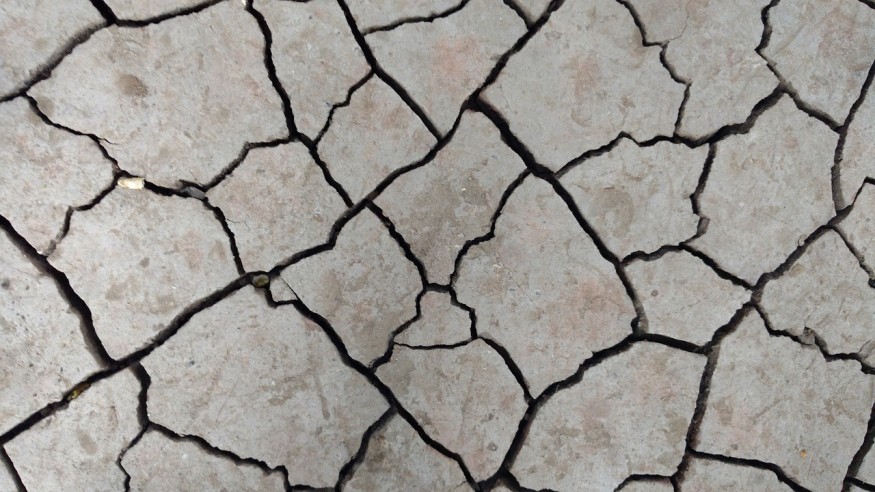
Based on fossilized tree analysis, it took one massive earthquake to rock present-day Seattle roughly 1,100 years ago.
Massive Seattle Earthquake 1,100 Years Ago
According to a new study, a destructive 7.8 magnitude earthquake hit the Seattle region around 1,100 years ago after the simultaneous eruption of several hidden faults. This is stronger compared to what is predicted by current warnings regarding these fault zones.
Puget Sound, which contains Olympia, Tacoma, and Seattle, is known to have been hit by huge earthquakes in the past. Based on geological evidence, these quakes took place around A.D. 900 to A.D. 930. The magnitude of these quakes reached the low 7s.
While current guesses show that there were two massive quakes during this period, a new study reveals that each fault may have simultaneously ruptured, or ruptured within very minimal time margins. If these areas indeed broke apart simultaneously, the quake would have been stronger than any other earthquake predicted by past simulations.
Simultaneous Rupture of Fault Lines
The researchers examined Douglas fir tree fossils from six different sites in the Puget Sound. They estimate that these trees died by performing radiocarbon dating and examining tree ring counts. Their analysis revealed that the trees within the SMFZ and SFZ may have died within a period of six months from A.D. 923 to A.D. 924.
The period shows that tectonic plate movements may have caused the quakes. This boosted the chances of the simultaneous occurrence of the ruptures. However, if this were not the case, the researchers think that the individual earthquakes may have had magnitudes ranging from 7.3 to 7.5. While this may not seem as massive as the 7.8 magnitude earthquake, quakes are generally gauged on a logarithmic measurement. This means that a magnitude 8 earthquake is ten times stronger compared to a magnitude 7 quake.
Future Risks
The co-occurring raptures may have led to the strongest quake that the faults of the regions could ever produce. If both areas were to rupture together again, this may happen again.
According to the researchers, these findings bear grave implications for the four million individuals who live in the Puget Sound. They note that warning models should be updated in order to consider an earthquake that is as similarly powerful.
While these new findings are indeed important, Seattle's most dangerous seismic threat is actually the Cascadia Subduction Zone (CSZ), which is a huge fault line that spans roughly 1,000 kilometers from Vancouver to Northern California. This fault line is capable of producing magnitude 9 earthquakes
RELATED ARTICLE : Plate Tectonics, Fault Causing Earthquake Explained by Earth Scientists in Groundbreaking Study
Check out more news and information on Geology in Science Times.










